Learn CSS
Bring your web pages to life by learning CSS basics —
the essential toolkit for styling, structuring websites
Skill Level
Beginner
Time Required
3 Weeks
Prerequisites
None
Projects
5
Table Of Contents
Module 1
Module 1: "CSS Basics
- Chapter 1.1:- Introduction to CSS and Selectors
- Chapter 1.2:- Colors and Text Styling
- Chapter 1.3:- Box Model and Margins/Padding
- Chapter 1.4:- Basic Layouts with CSS
Module 2
Layouts and Positioning
- Chapter 2.1:- Flexbox Basics and Properties
- Chapter 2.2:- CSS Grid Fundamentals
- Chapter 2.3:- ositioning Elements (relative, absolute, fixed)
- Chapter 2.4:- Responsive Layout Techniques
Module1:- CSS Basics
Chapter 1.1:- Introduction to CSS and Selectors
What is CSS? Learn how CSS (Cascading Style Sheets) separates content (HTML) from presentation (styling).
CSS Syntax: Understand the basic structure: selectors, properties, and values.
CSS Types: Inline, internal, and external CSS.
Selectors: Introduction to simple selectors (type, class, and ID) and grouping selectors for efficient styling.
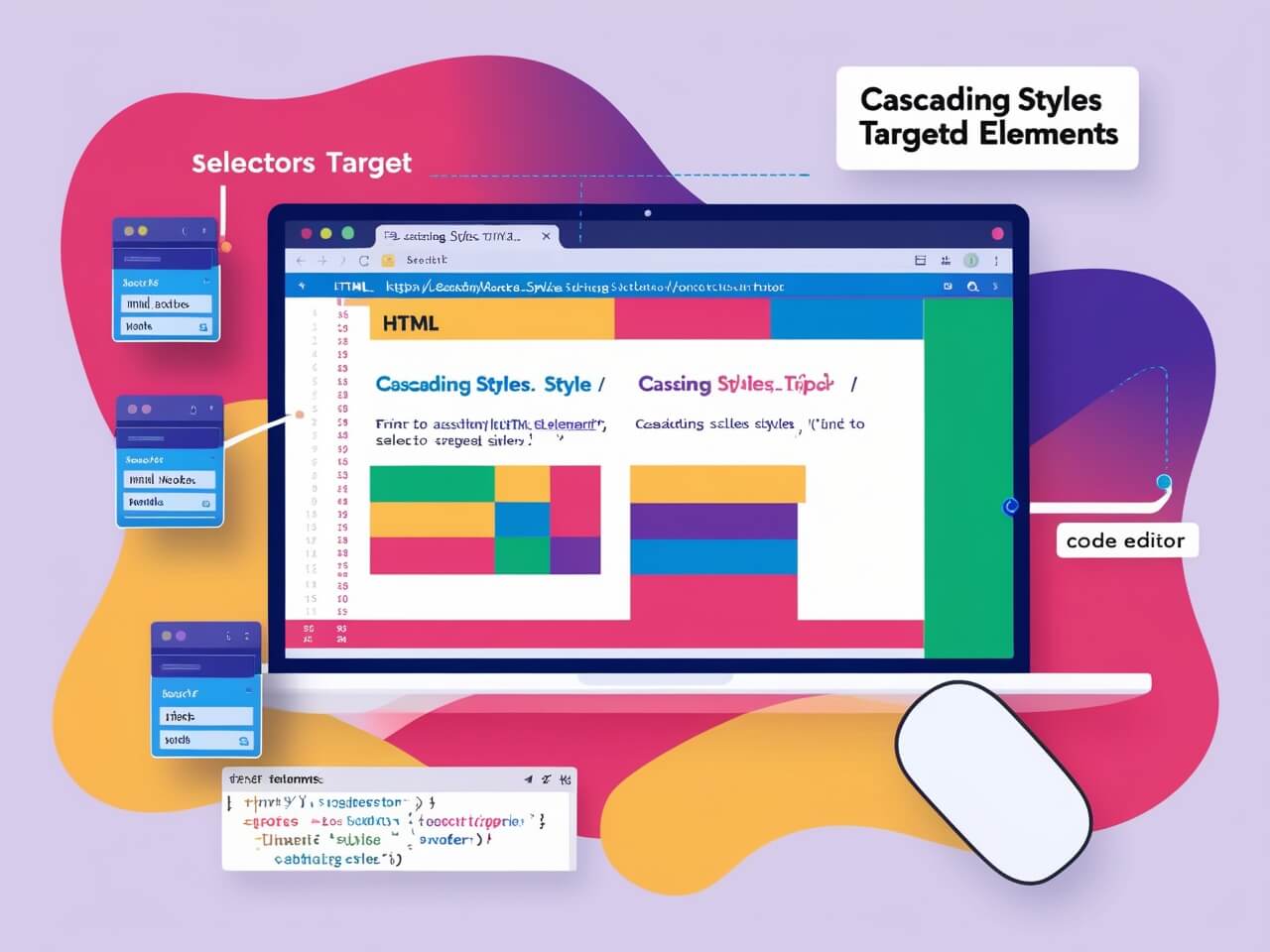
Chapter 1.2:- Colors and Text Styling
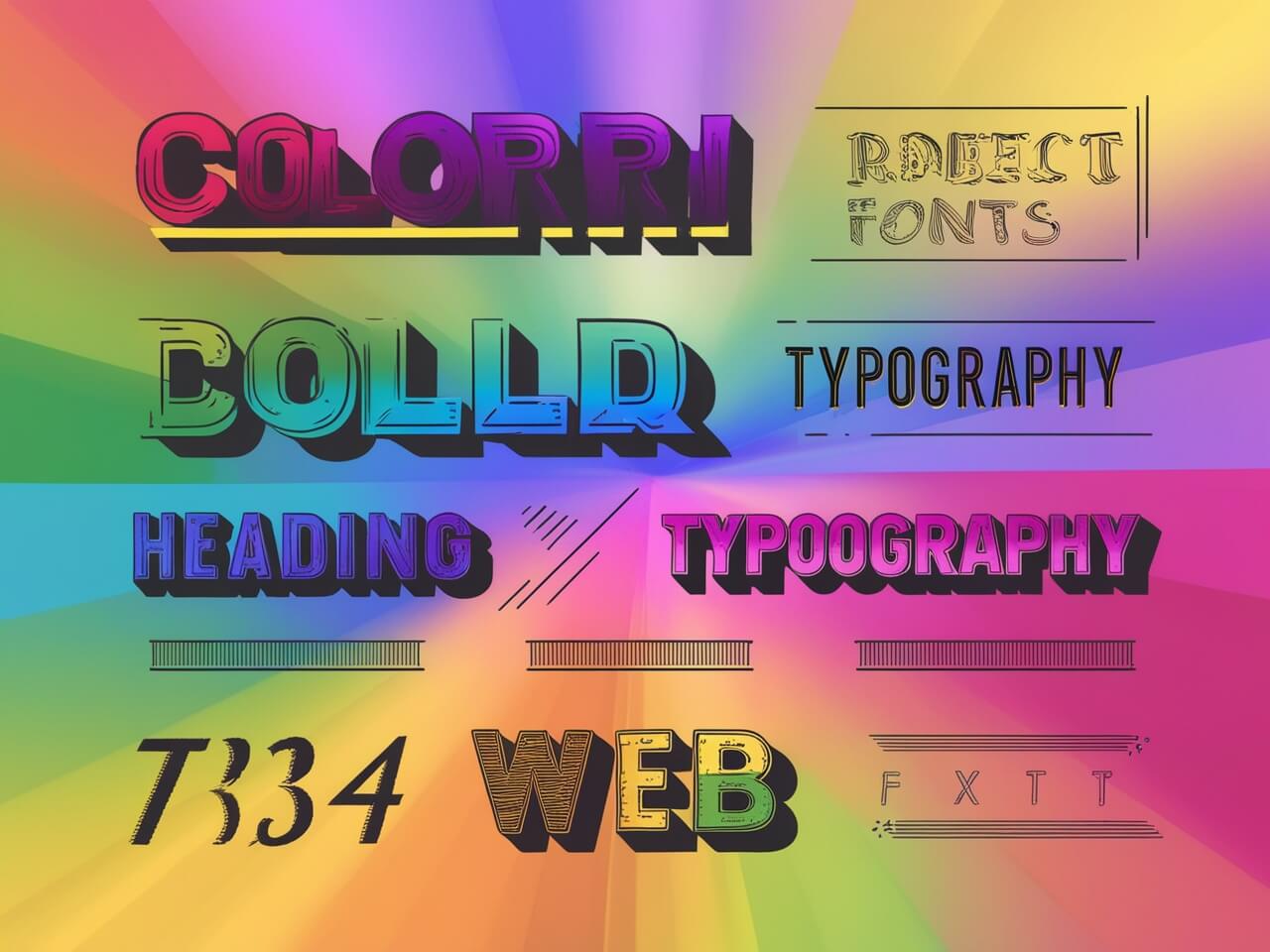
Colors in CSS: Explore color formats—named colors, HEX, RGB, and HSL.
Text Styling: Learn how to style text with properties like font-family, font-size, color, line-height, and text-align.
Advanced Styling: Add effects like text-shadow and letter-spacing
Chapter 1.3: Box Model and Margins/Padding
Box Model Components: Understand how content, padding, border, and margin interact.
Practical Examples: Adjust spacing and borders to create clean designs.
Box-Sizing Property: How to control box dimensions using box-sizing.
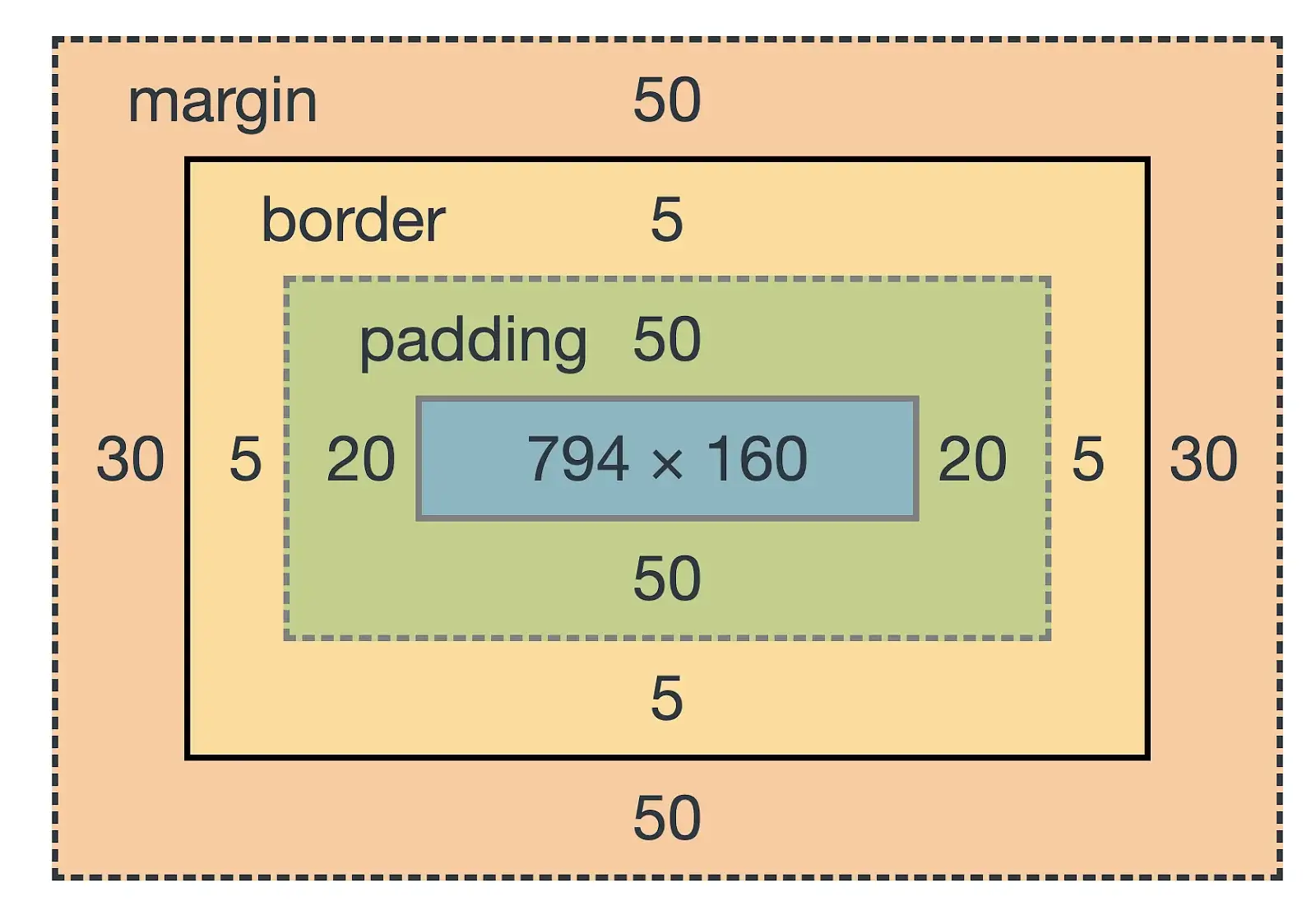
Chapter 1.4: Basic Layouts with CSS
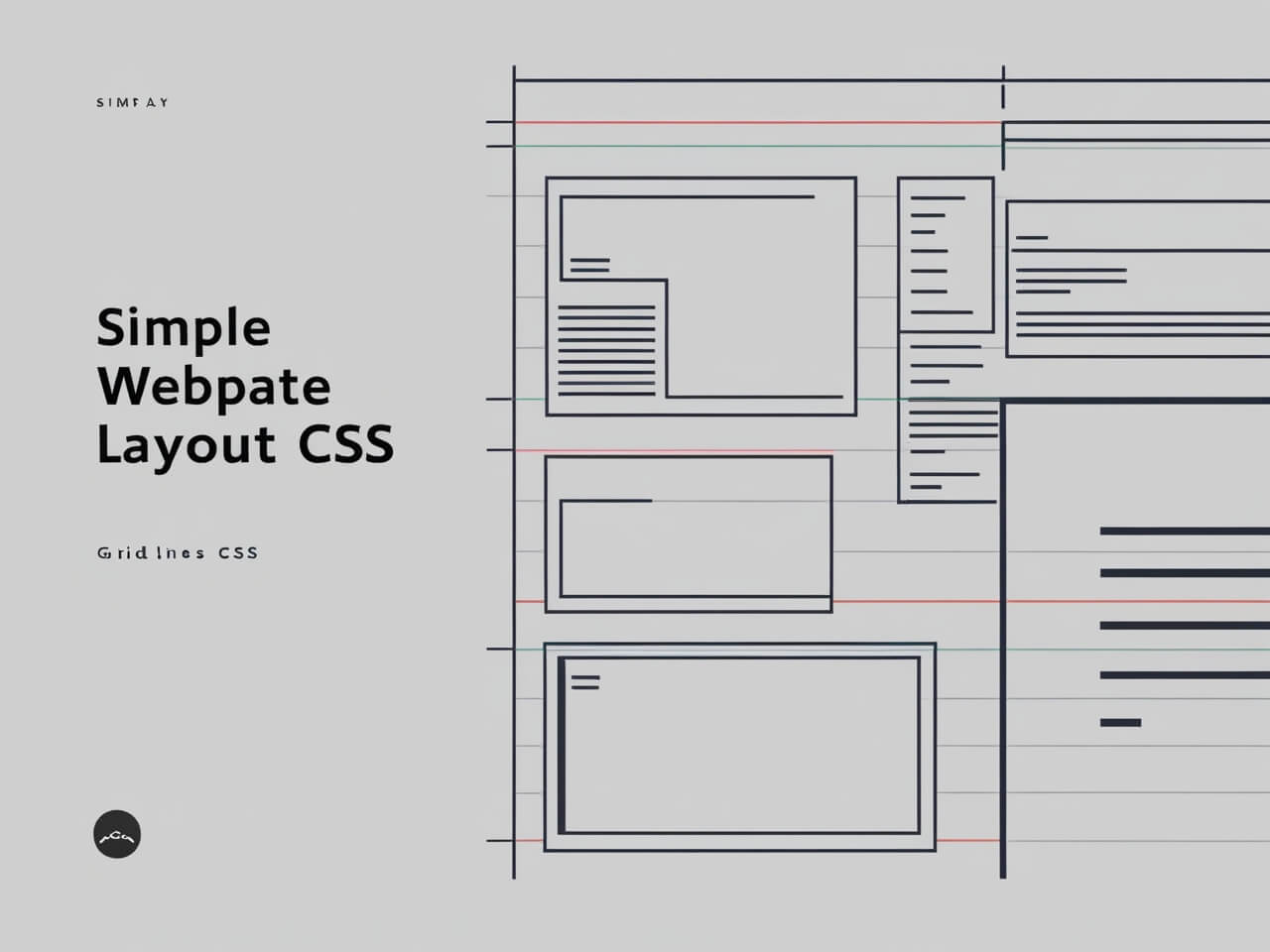
Static Layouts: Create structured layouts using display properties like block, inline, and inline-block.
Alignment Basics: Use text-align, margin-auto, and floats for basic alignment
Module 2: Layouts and Positioning
Chapter 2.1: Flexbox Basics and Properties
Introduction to Flexbox: A layout system designed for responsive, single-axis alignment.
Key Properties: Learn justify-content, align-items, align-content, and flex-direction.
Practical Examples: Create horizontal and vertical layouts.
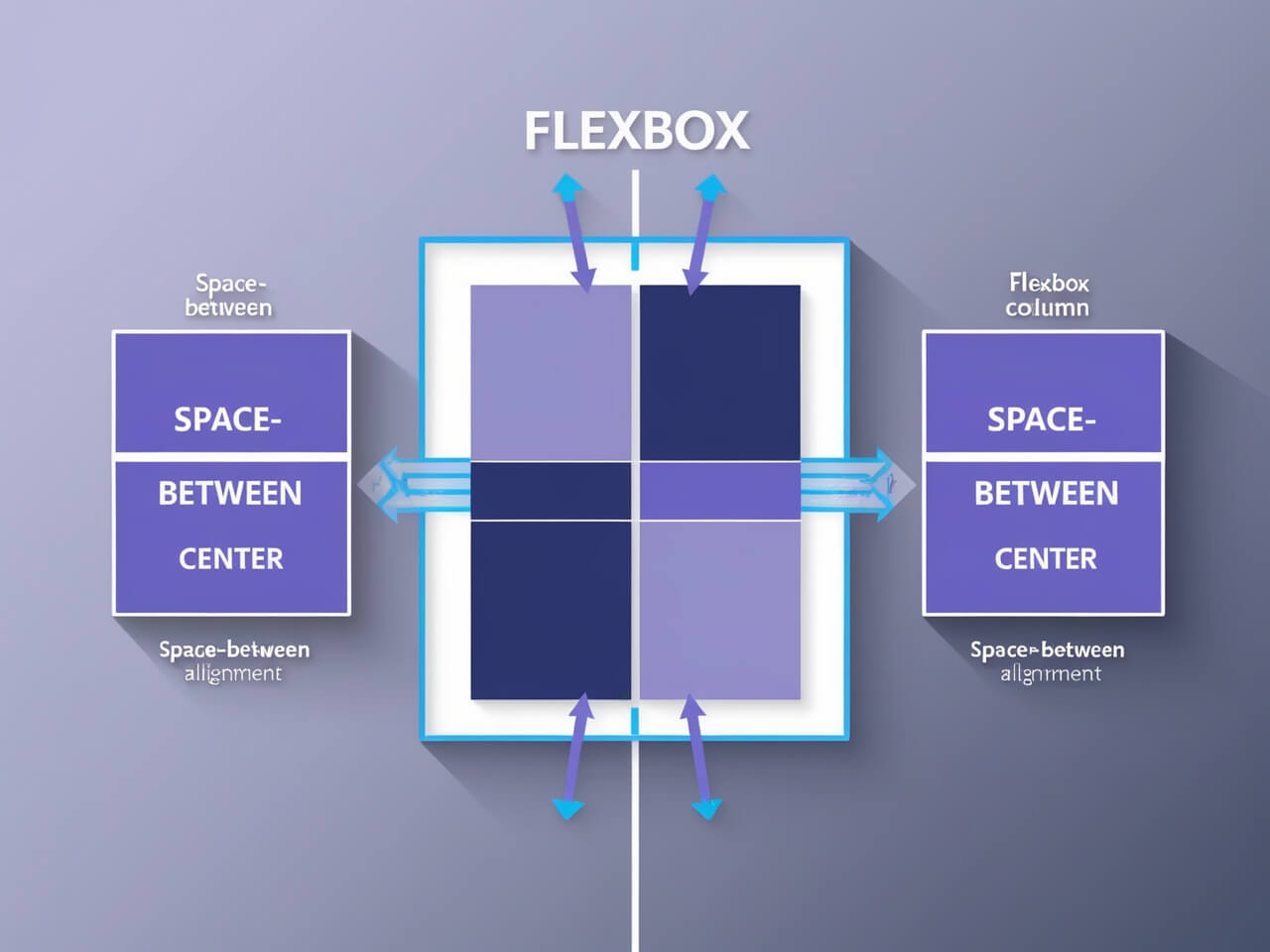
Chapter 2.2: Chapter 2.2: CSS Grid Fundamentals
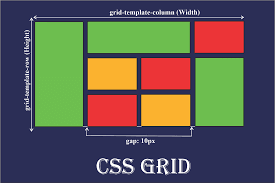
Understanding Grid Layout: A two-dimensional layout system for rows and columns.
Defining a Grid: Use grid-template-rows, grid-template-columns, and grid-gap.
Practical Uses: Build complex, responsive grid-based designs.
Chapter 2.3: Positioning Elements (relative, absolute, fixed)
Positioning Basics: Understand the position property and its values—static, relative, absolute, and fixed.
Practical Applications: Overlay elements, create sticky navigation, and control z-index stacking.

Chapter 2.4: Responsive Layout Techniques
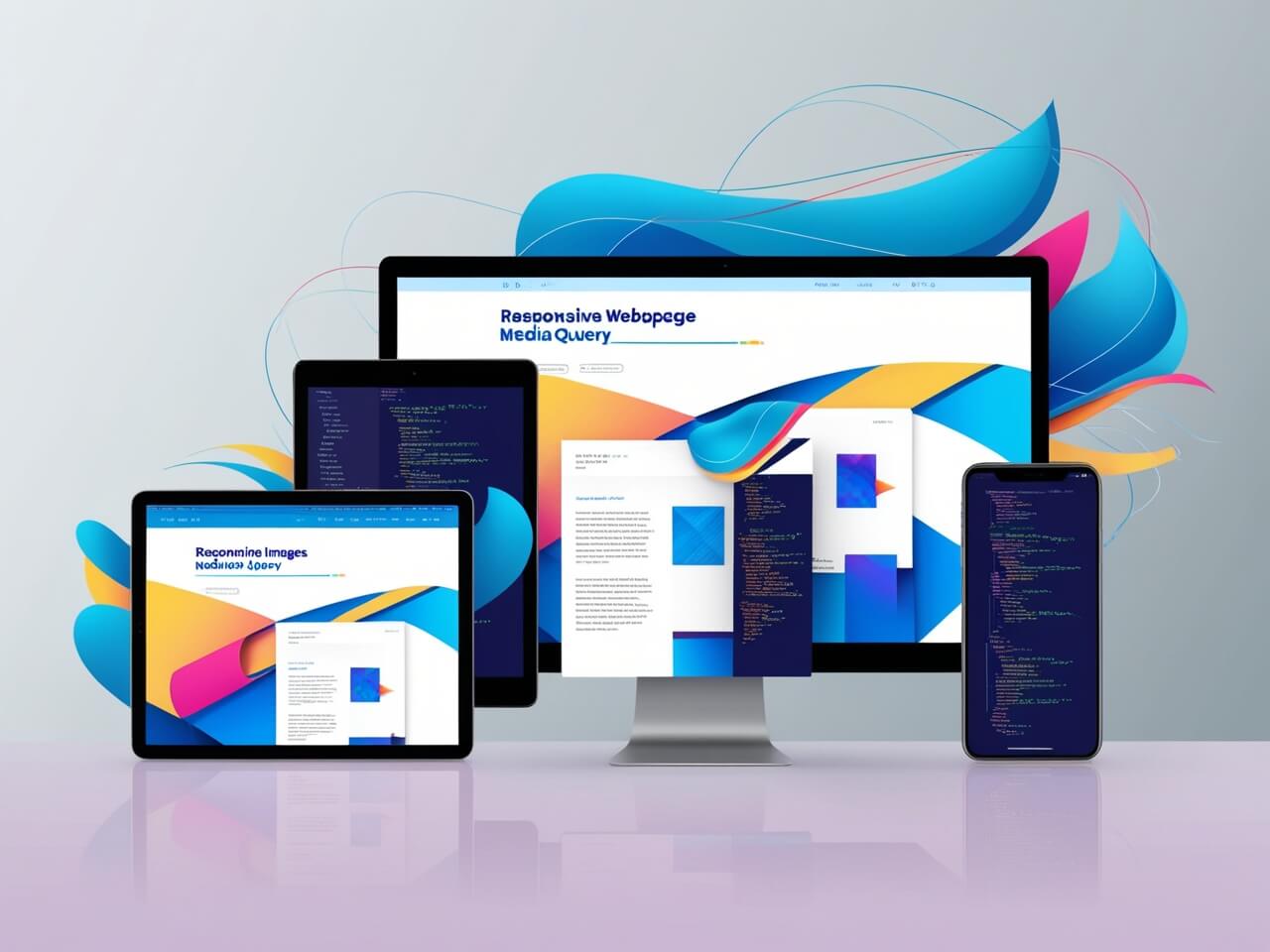
What is Responsive Design? Design websites that adapt to different screen sizes.
Techniques: Use percentages, max-width, and media queries for dynamic layouts.
Introduction to Mobile-First Design: Build layouts starting with smaller screens.
Module 3: Styling and Visual Enhancements
Chapter 3.1: Backgrounds, Borders, and Shadows
Background Styling: Use background-color, background-image, and background-repeat.
Borders: Add style, width, and color to borders.
Shadows: Use box-shadow for depth and text-shadow for elegant text effects.
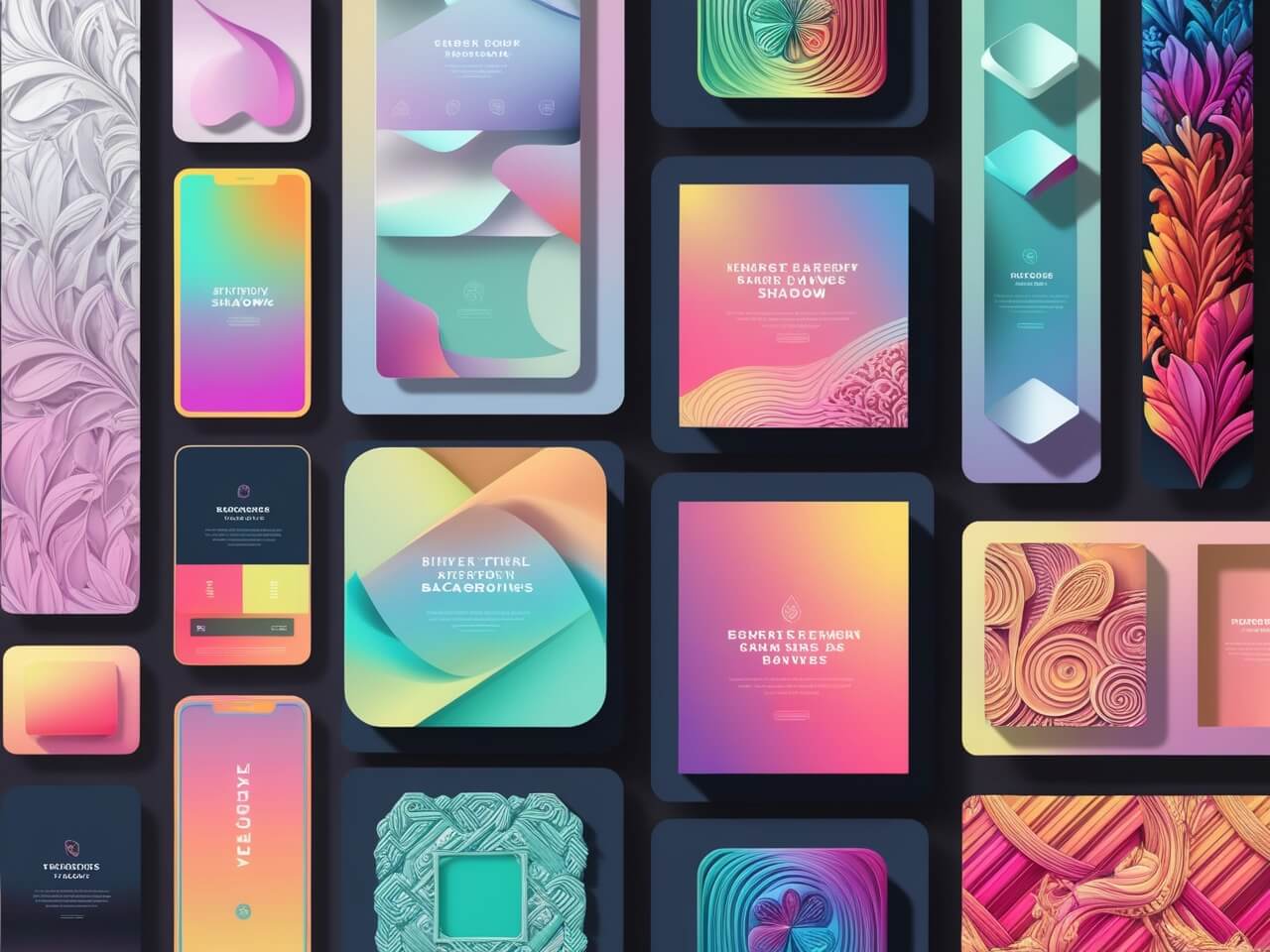
Chapter 3.2: CSS Transforms and Transitions

Transforms: Learn to scale, rotate, and skew elements with transform.
Transitions: Create smooth animations for changes in CSS properties like color, size, or position.
Chapter 3.3: CSS Animations and Keyframes
Keyframes: Define animations step-by-step using @keyframes.
Animation Properties: Learn to control timing, duration, and iteration with animation-name, animation-duration, and animation-iteration-count

Chapter 3.4: Applying Color Schemes and Typography
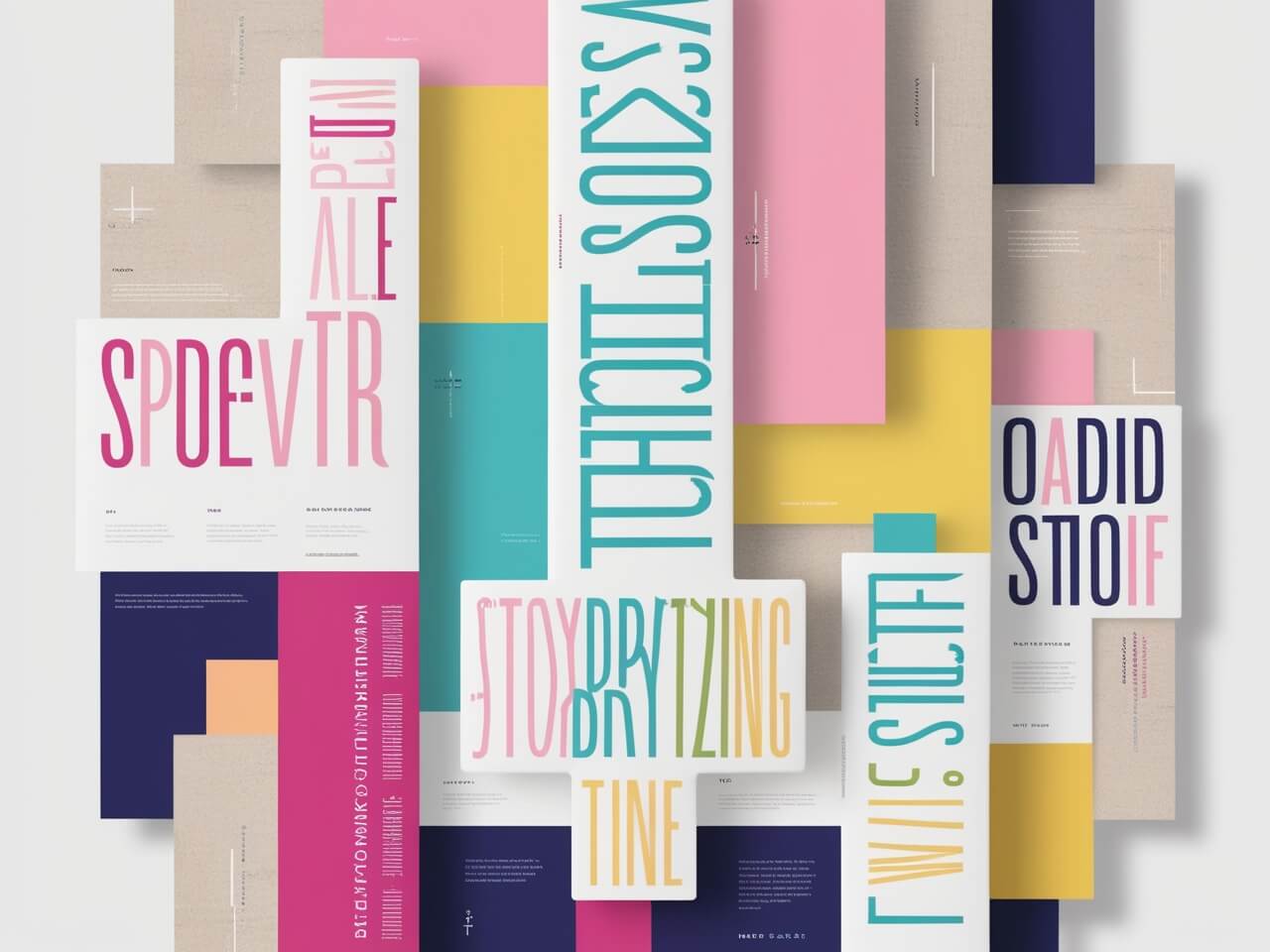
Color Schemes: Create aesthetic designs with harmonious color palettes.
Typography Tips: Use web-safe fonts and modern techniques like Google Fonts.
Module 4: Advanced CSS Techniques
Chapter 4.1: Advanced CSS Selectors and Pseudo-classes
Advanced Selectors: Use attribute selectors, child selectors, and sibling selectors.
Pseudo-classes and Pseudo-elements: Style elements dynamically (:hover, :focus, ::before, ::after).
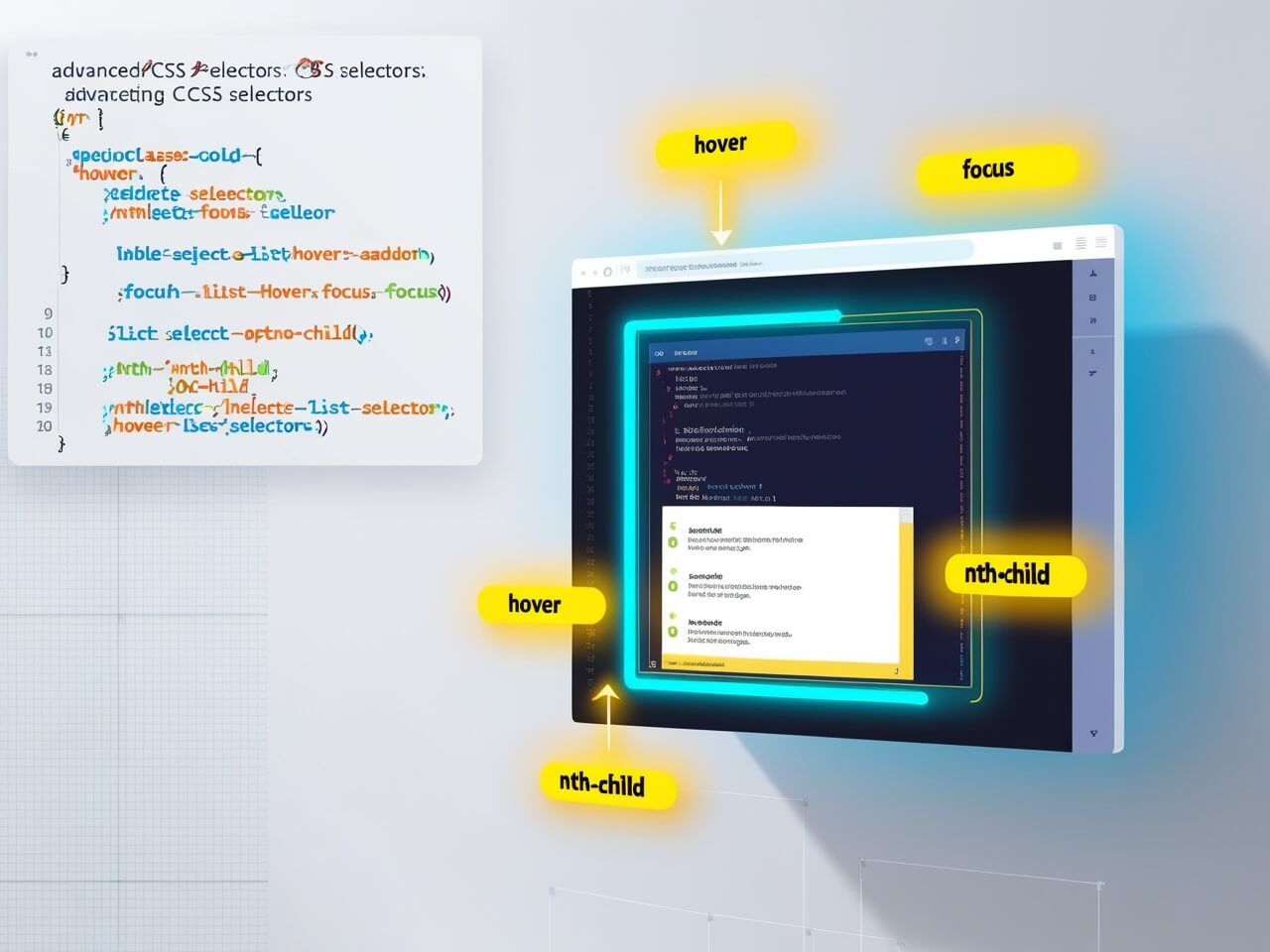
Chapter 4.2: Working with CSS Variables
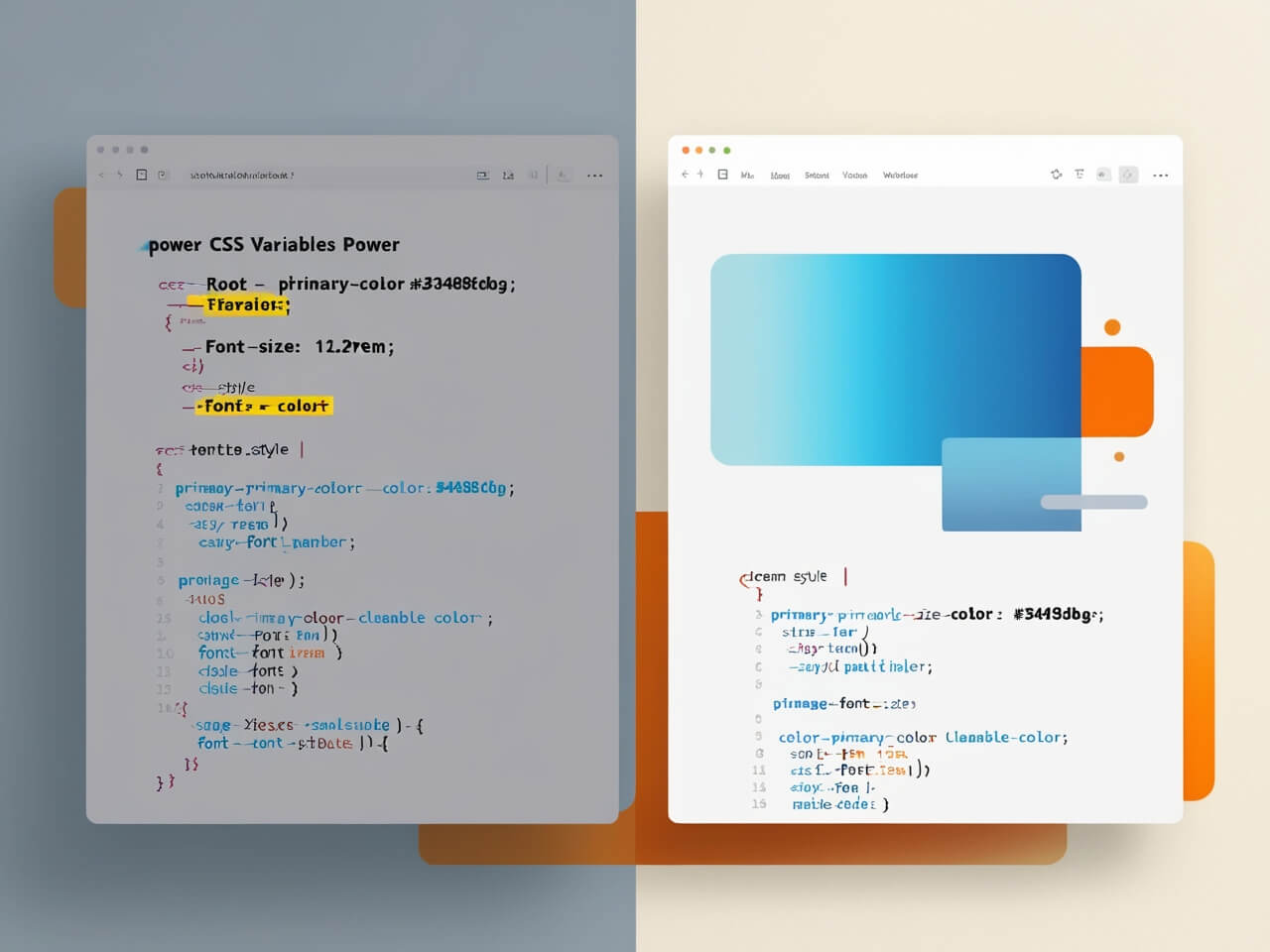
CSS Custom Properties: Use --variables to define and reuse values.
Dynamic Styling: Update styles dynamically with variables for easier theme management.
Chapter 4.3: Creating Responsive Designs with Media Queries
Introduction to Media Queries: Apply CSS rules based on device properties like width, height, and orientation.
Breakpoints: Define common breakpoints for mobile, tablet, and desktop views.
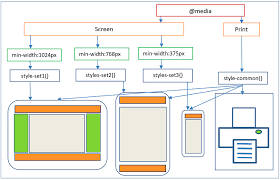
Chapter 4.4: CSS Best Practices and Optimization Tips
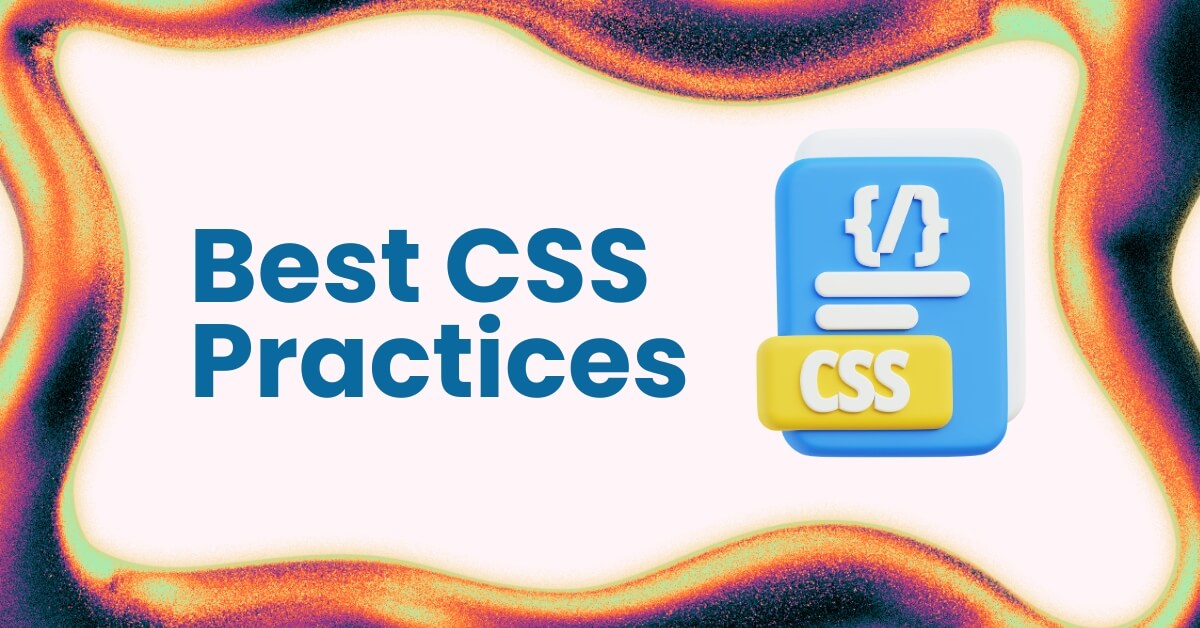
Clean Code: Organize and comment your CSS for better maintainability.
Performance: Minimize and optimize your CSS files for faster loading.
Debugging Tools: Use browser developer tools to debug and improve styles.
